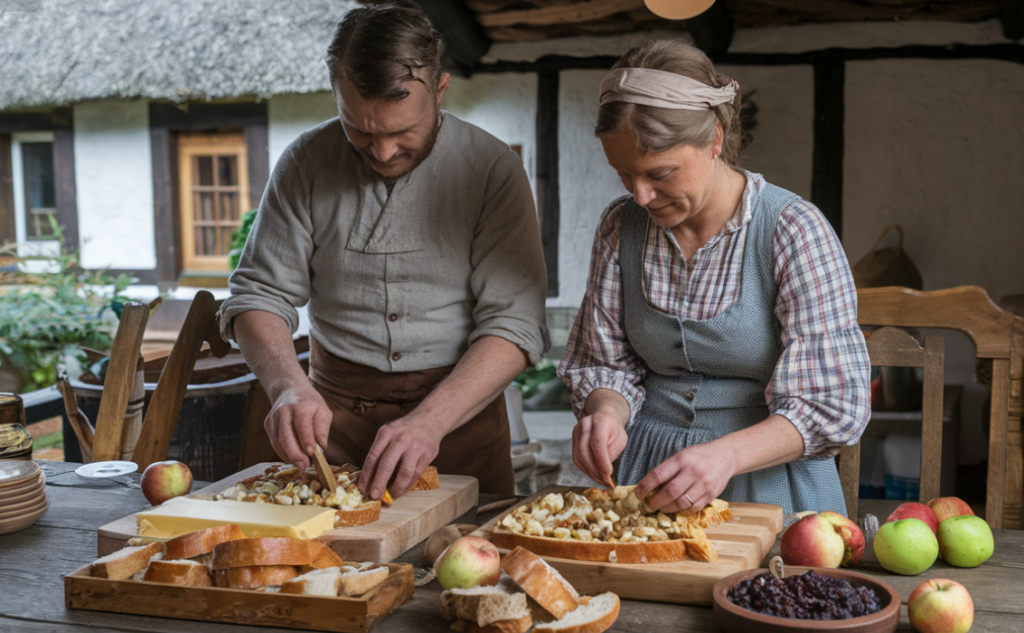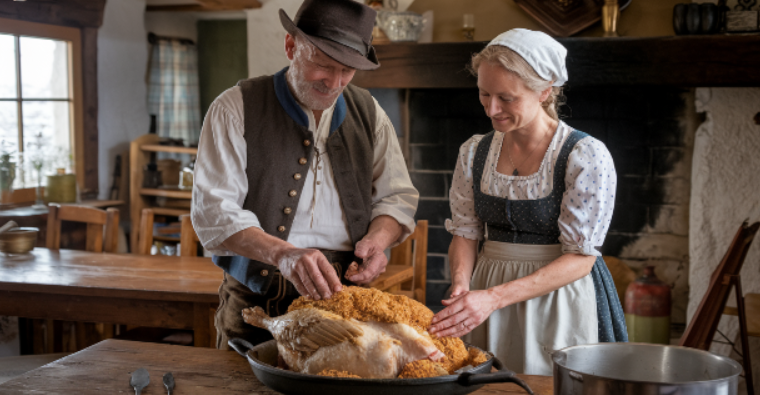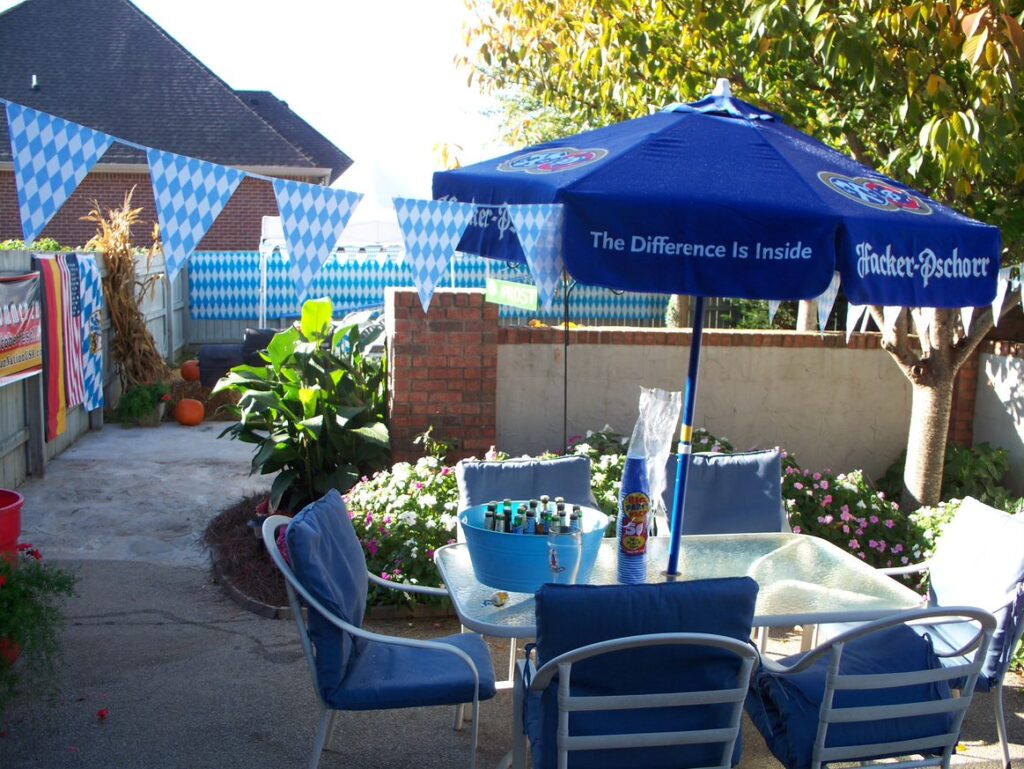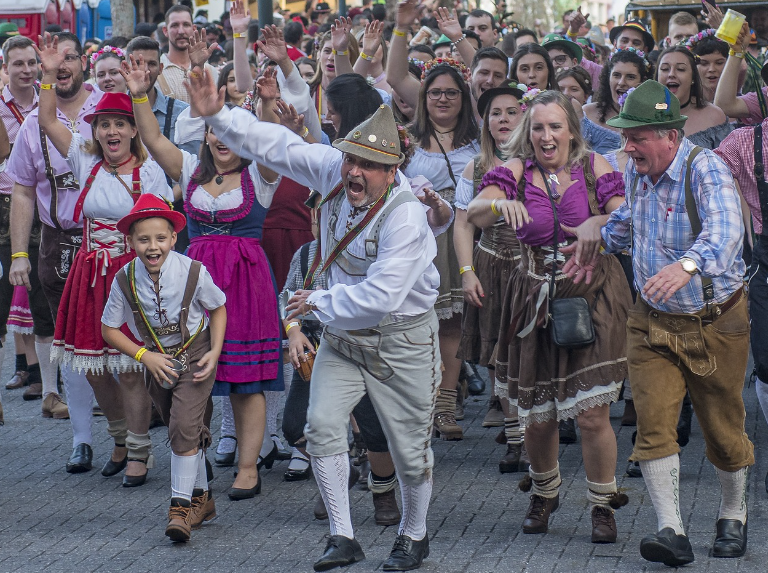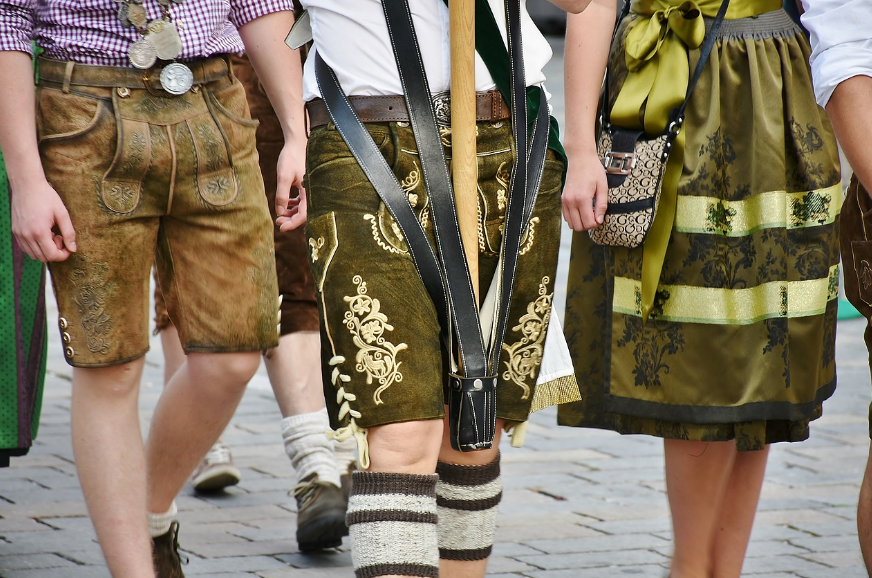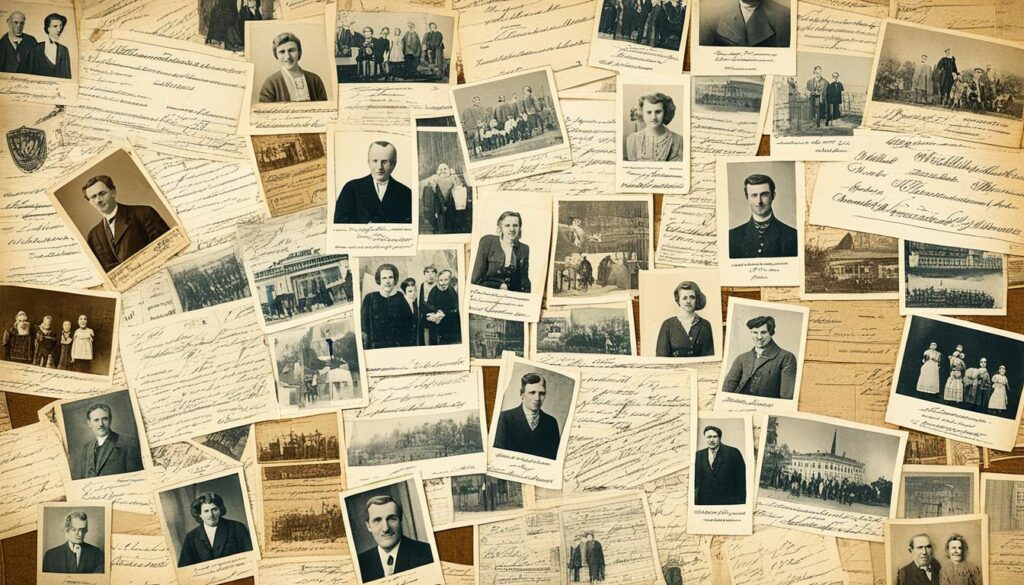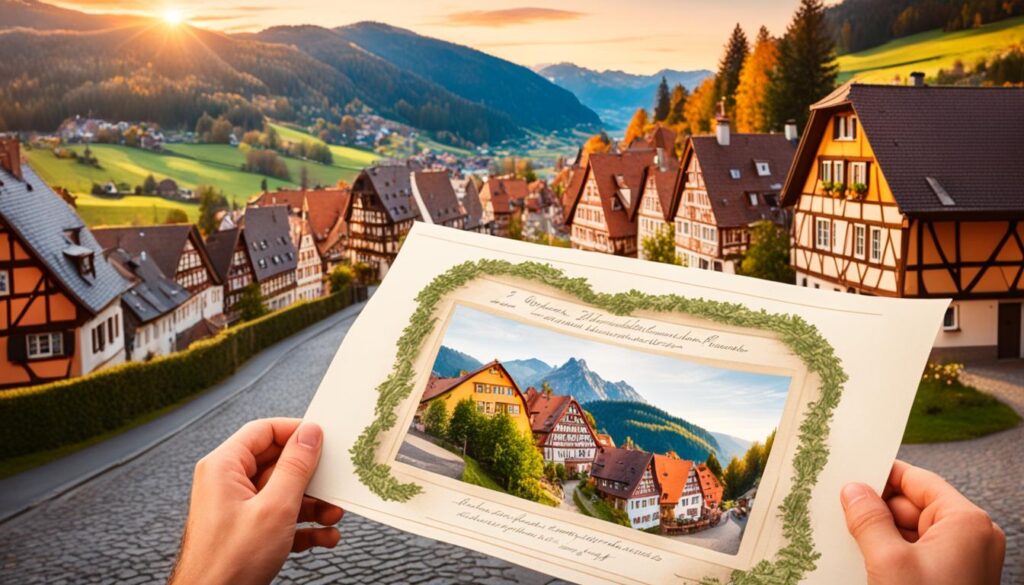Biergartens Across the USA: Where to Prost This Summer

The idea of a biergarten or beer garden comes from Germany’s long brewing history. In the USA, biergartens have become more popular. Many places follow the German Reinheitsgebot, a rule about beer ingredients.
In recent years, biergartens have seen a surge in popularity across the United States, as Americans embrace the laid-back charm and community spirit of these traditional German gathering spaces. Cities like Milwaukee, with its deep German roots, and Cincinnati, known for its annual Oktoberfest celebrations, have long celebrated the biergarten culture.
Meanwhile, newer hotspots like Austin, Texas, and Asheville, North Carolina, have added modern flair to the experience, blending local craft brews with traditional German practices.
Many of these establishments proudly brew beer in accordance with the German Reinheitsgebot—the historic purity law that restricts ingredients to just water, barley, hops, and yeast—ensuring a taste that’s both authentic and high-quality.
Whether you’re sipping a crisp Helles in Denver, a Weissbier in Portland, or a Märzen in Chicago’s Lincoln Square, biergartens across the country are offering a refreshing way to connect with friends, culture, and craft this summer.
This summer, beer lovers can find many biergartens across the USA. Each one offers a special experience.
Key Takeaways
- Discover the best biergartens in the USA this summer.
- Learn about the significance of Reinheitsgebot in American beer culture.
- Explore different regions and types of biergartens.
- Find out what makes each biergarten unique.
- Enjoy the festive atmosphere of biergartens across the country.
The German Tradition of Biergartens in America
The tradition of biergartens in America shows the country’s deep German heritage. Biergartens, from Germany, are now a big part of American life, especially in summer.
The History and Cultural Significance of Biergartens
Biergartens have a long history, starting in the 19th century. German immigrants brought their love for beer to America. These outdoor spots were more than just places to drink. They were community centers for socializing, enjoying German food, and listening to music.
Biergartens are special because they bring people together. They are where friends and family can relax, have a cold beer, and try traditional German dishes.
How German Heritage Shaped American Beer Culture
The impact of German heritage on American beer is huge. The Reinheitsgebot, a German Beer Purity Law, has greatly influenced American breweries. Many American beer gardens follow German traditions, making their own unique mark.
This mix of old and new has made American biergartens exciting. They offer a blend of German beer-making and new flavors. This makes them a must-visit for beer lovers.
What Makes an Authentic Biergarten Experience
A traditional biergarten is all about community, German beer, and hearty food. These elements are now found in modern American biergartens too. It’s a place where people come together to enjoy each other’s company and great beer.
Essential Elements of a Traditional Biergarten
Traditional biergartens have communal seating to foster socializing. At the heart is German beer, served in steins. Alongside, you’ll find German dishes like bratwurst, schnitzel, and sauerkraut, making for a filling meal.










